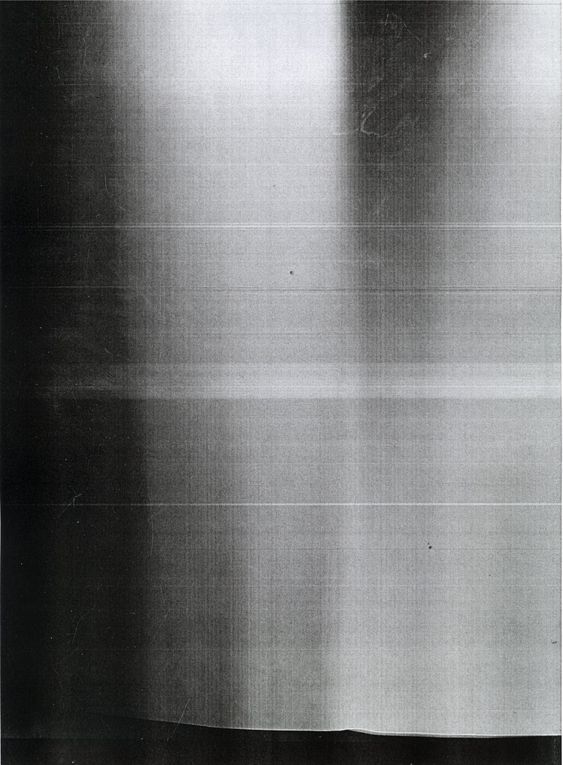
"The Yellow Peril" is a term that was historically used to describe the supposed threat of East Asian peoples, specifically those of Chinese and Japanese descent, to Western civilization. The term originated in the late 19th and early 20th centuries, during a time when there was widespread fear and anxiety in the West about the rising economic and military power of East Asian countries.
The term "yellow" referred to the perceived skin color of East Asians, and "peril" referred to the supposed danger they posed to Western interests and values. The concept was based on racist and xenophobic stereotypes of East Asians as untrustworthy, inscrutable, and inferior to Westerners.
"The Yellow Peril" was used as a justification for discriminatory policies and actions against East Asian immigrants and communities in Western countries, including the United States, Canada, Australia, and New Zealand. It also played a role in the lead-up to World War II, as Japan's military expansion in Asia was seen as confirmation of the "peril" that had been warned about for decades.
Today, the term "Yellow Peril" is widely recognized as offensive and outdated. Its use is generally considered to be unacceptable and inappropriate, as it perpetuates harmful stereotypes and reinforces racial discrimination.
